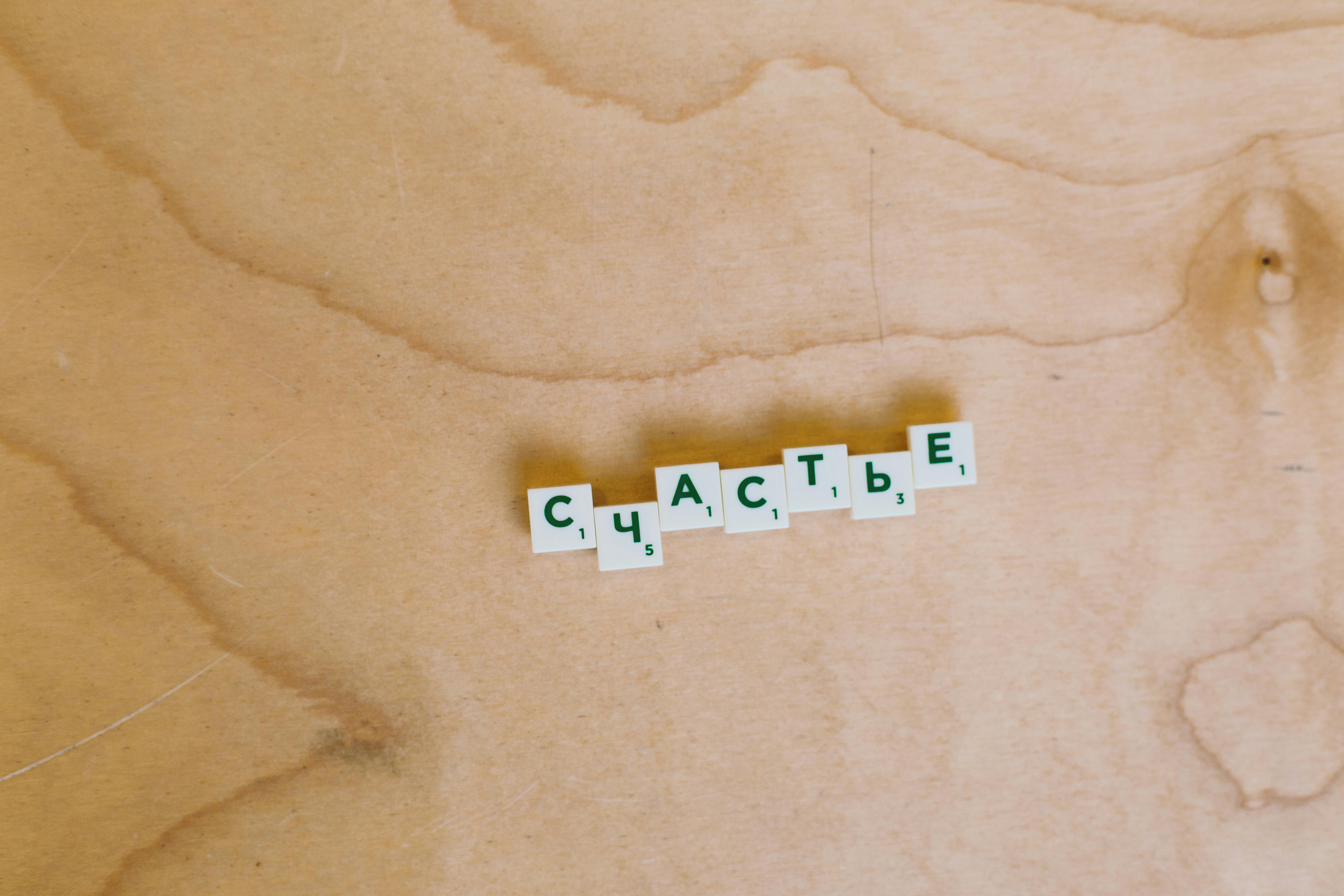The timing of an excursion in Germany’s new government district should be chosen wisely. A general rule of thumb: the best time to go on such a hike is early in the morning. And the closer you get to the weekend, the sooner it should start. Such timing will save you from crowds of passersby and loud music emanating from the speakers of a cruise ship passing the River Spree.
A recommended starting point for our walk is Berlin’s main train station (Hauptbahnhof). The panoramic view from the station gates is quite nice, although probably temporary, until a large hotel is built there as planned. And still, try to avoid the days when massive events fill the station area with entertainment stages.
By the way, the official name “Government District” is not exact, because the German Chancellor’s Ministry is the only government office site here. All other buildings belong to the Federal Parliament (Bundestag).
Walking down the federal band
From the train station, we continue on foot south to the nearby river, where we turn right and pass under the Moltke (Moltke-Bruecke) bridge. Our first glimpse should be thrown left at the Kanzler (German Premier) office building across the river. Berlin residents scoff at calling the building “a washing machine” because of its shape. The Kanzler (now Angela Merkel) and her staff occupy the seventh floor.
Our chance of seeing the Premier’s car crossing the bridge that connects the office building to the other bank of the Spree is pretty slim. We also can’t see her get out of her helicopter on her way to the building, because the helipad lawn is surrounded by a wall.
The Kanzler building is the westernmost end of the so-called “federal government band”. In German it sounds better: “Band des Bundes”. This strip of structures was designed by architect Axel Schultes, although unfortunately the fact that it is a strip can actually only be verified by flying over the area.
We continue our walk along the river bank, passing Kanzler’s office. Our general direction is now to the west, towards the victory column. The edge of the historical monument, which is one of the symbols of Berlin, can be seen from afar. The green strip we walk along is also suitable for a picnic. There are also many river ducks and we may take our time to feed them crumbs.
The federal concrete snake
The landscape changes as we move west from green spaces to ugly tall apartment buildings. We come to what Berliners call the “federal snake”, box-shaped structures designed in the so-called “international” or “functionalist” architectural style.
There are apartment buildings that wind like a concrete snake between the meadows and Joachim Karnatz Street. The “snake” borders a school building, which is the last vestige of a commercial area that was located here in the past. The government employees who moved to Berlin were supposed to live in the houses along the “snake”, but most of them refused to do so, and eventually apartments were rented to “ordinary people”.
We continue our way on Paul Street (Paulstrasse). We come back to a large green area. However, this time we will not be alone. Because the park, located in the so-called “Triangle of the President of the Republic”, is always full of people to sunbathe or throw Frisbee. The Bellevue Palace (Schloss Bellevue) is seen opposite. The mansion has been used since 1994 as the official residence of the President of the Republic.
Resting in the pregnant conch
The landscape suddenly changes to graffiti-soaked railway bridges. A few meters from here there is a pedestrian bridge that crosses the Spree. Now we go south of the river on a narrow path back to Paul Street. Soon we must turn left (east) and walk about 300 meters on John Foster Dulles Street (Allee), a relatively busy street. However, the brief noisy pause ends when we leave the street on the left, onto a narrow path that leads to the river. Soon we arrived at the House of World Cultures (Haus der Kulturen der Welt).
The structure was previously called “the Palacio de Congresos”. It was donated by the United States government to the German people in 1957 after it served as the American pavilion at Interbau, the International Trade Fair for the construction industry, held in Berlin. The building is considered an icon of modern construction. Unimpressed Berliners called it “the pregnant conch.” The building has a cafeteria where you can enjoy a cup of Cappuccino, unless you have something concrete against the architectural design of the 1950s: dark wood and a lot of bare concrete. Tip: don’t stay there too long in the middle of a hot summer day.
After resting for a while, we return to the open air and turn right. Again we passed the Chancellor Building, this time up close. The building looks much more monstrous than from a longer distance.
When the main train station is seen close to us on our left, we can easily see the Swiss embassy, not only because of the Cross on its roof, but also because this is actually the only old building visible within a six-mile range. .
The other edge of the band
How far should we keep walking? That depends on how long we have. However, a tour of the government compound is not complete without at least passing the legislature office blocks and the renovated Reichstag building.
To our right, we see the Paul Loebe House, which contains conference rooms and offices of the deputies of the German Parliament. The building is connected by a bridge to the Marie Elizabeth Lueders house which is located on the other side of the River Spree. This building is a center for the services of the Bundestag, including the archives and the library. The building is located right where the Berlin Wall used to be. The route of the wall is marked on the floor inside the building.
The government band ends up at Lueders’ house. According to the original plans, the strip was supposed to be built further east, up to the Friedrichstrasse train station. They were canceled due to financial problems, but there are no signs of a change in plans.
The building of the German public broadcaster ARD is a good point to end our journey. Then we can cross the River Spree again, on our way back to the main train station. And if the crowds of people haven’t gotten there yet, we could enjoy quieter moments again under the Moltke Bridge, sitting in a nearby restaurant and watching the “washing machine” get going.
You can find more information about the government district and other interesting hiking trails in Berlin at
http://www.myberlin.co.il/site/index.asp?depart_id=105878&lat=en



